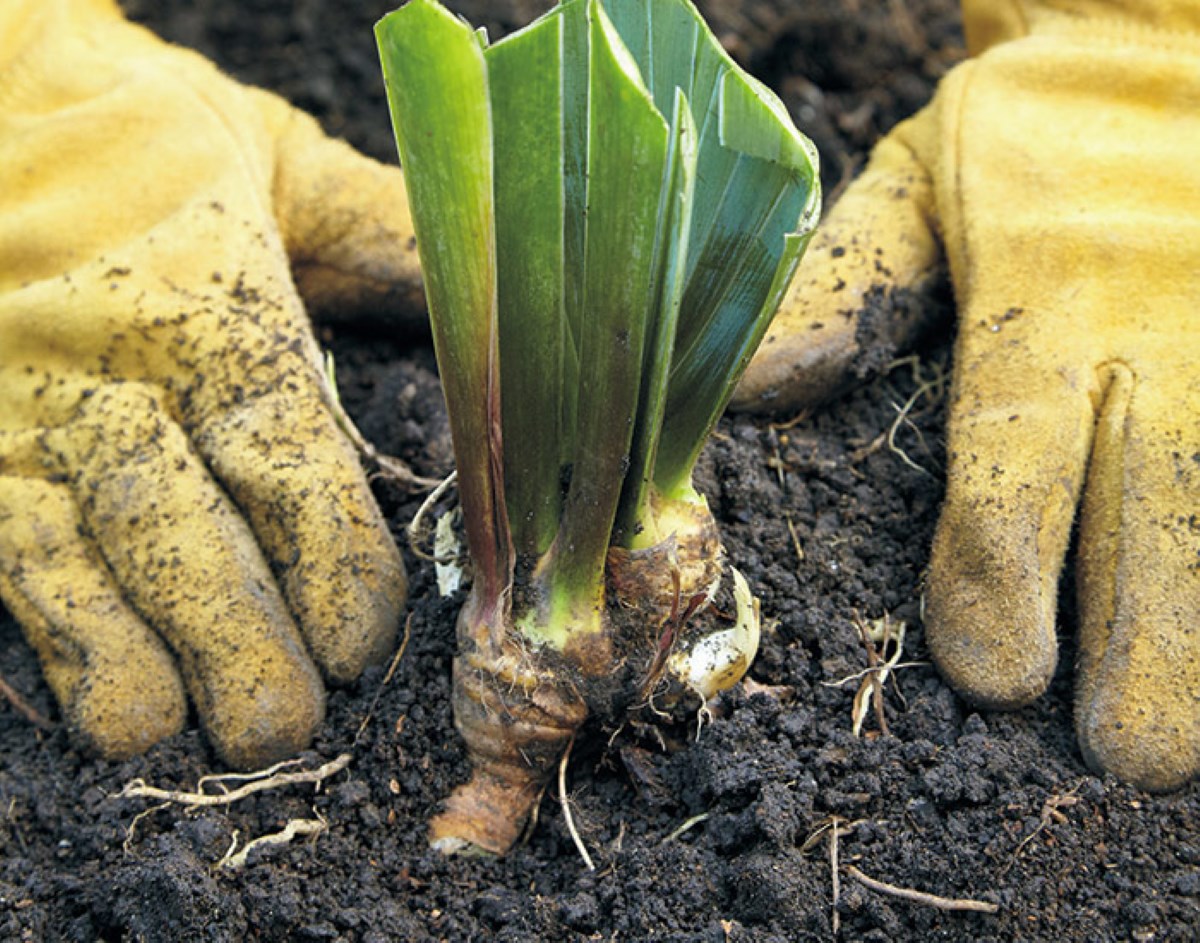

Articles
How To Store Bearded Iris Rhizomes
Modified: August 28, 2024
Learn how to store bearded iris rhizomes properly in this informative article. Find out the best techniques to ensure your iris bulbs survive and thrive for years to come.
(Many of the links in this article redirect to a specific reviewed product. Your purchase of these products through affiliate links helps to generate commission for Storables.com, at no extra cost. Learn more)
Introduction
Bearded irises are beautiful flowering plants that add color and elegance to any garden. These perennial plants are known for their stunning flowers and distinctive foliage. To ensure that your bearded irises thrive year after year, proper storage of their rhizomes during the dormant season is essential.
Storing bearded iris rhizomes correctly not only protects them from harsh weather conditions but also helps prevent diseases and rot. This comprehensive guide will walk you through the step-by-step process of storing bearded iris rhizomes, ensuring their longevity and ensuring a beautiful display of blooms in the coming seasons.
Key Takeaways:
- Proper storage of bearded iris rhizomes during their dormant period is crucial for ensuring their longevity and successful reemergence in the next growing season. Follow the step-by-step guide to prepare, pack, and store the rhizomes in a cool, dry environment.
- Regular monitoring and maintenance of stored bearded iris rhizomes are essential to address potential issues and ensure their health and viability. By staying vigilant, you can identify and address any problems before they escalate, setting the stage for a stunning display of colorful blooms in the upcoming seasons.
Read more: How To Store Iris Bulbs
Choosing the Right Time
The best time to store bearded iris rhizomes is during their dormant period, which typically occurs in late summer or early fall. This is usually after the plants have finished flowering and the foliage has started to turn yellow or brown. Storing the rhizomes at the right time will allow them to recover and prepare for the next growing season.
It’s essential to wait until the soil temperature has cooled down before storing the rhizomes. This usually happens when the nighttime temperatures consistently reach around 50°F (10°C). Storing the rhizomes too early can disrupt their growth cycle and impact their ability to bloom in the following year.
Before storing the rhizomes, it is important to inspect them for any signs of damage or disease. Discard any rhizomes that are soft, mushy, or have visible signs of rot. Only healthy and firm rhizomes should be selected for storage to ensure the best chances of successful growth and blooming.
Preparing the Rhizomes
Before storing bearded iris rhizomes, it’s important to prepare them properly to ensure their optimal health during the dormant period. Follow these steps to prepare the rhizomes:
- Carefully dig up the rhizomes from the soil using a garden fork or shovel. Be careful not to damage the rhizomes or their attached roots.
- Gently remove any excess soil from the rhizomes. Avoid washing them with water, as excess moisture can lead to rot during storage.
- Inspect the rhizomes for any signs of damage or disease. Remove any damaged or diseased portions using a clean, sharp knife.
- If desired, you can divide larger rhizomes into smaller sections. Each section should have at least one healthy fan of leaves and a portion of the rhizome attached.
It’s important to note that not all bearded iris varieties need to be divided every year. Some varieties perform better when left undisturbed for several years. Consult a reputable gardening source or local iris society for specific recommendations on dividing the particular variety you are working with.
Once the rhizomes have been prepared, it’s time to move on to the next step of the storage process.
Cleaning and Trimming
Before storing bearded iris rhizomes, it’s important to clean and trim them to promote healthy storage and prevent the spread of diseases. Follow these steps to clean and trim the rhizomes:
- Gently remove any remaining soil or debris from the rhizomes using a soft brush or cloth. Avoid scrubbing or using excessive force, as this can damage the rhizomes.
- Inspect the rhizomes for any dead or rotting roots. Trim off any dead or brown roots using clean and sharp pruning shears. Be sure to sterilize the shears between cuts to prevent the spread of diseases.
- Examine the leaves of the rhizomes and trim any damaged or yellowing leaves. Cut them back to about half their original length, leaving enough foliage to provide energy to the rhizomes during storage.
- If there are any visible signs of pests or diseases on the rhizomes, treat them accordingly before storing. Consult with a local gardening expert or refer to resources to identify the appropriate treatment methods for the specific issues.
Cleaning and trimming the rhizomes not only improves their appearance but also helps eliminate potential sources of rot or disease. It’s important to take the time to properly prepare the rhizomes before storing them, as this will contribute to their long-term vitality and successful reemergence in the next growing season.
Selecting Storage Containers
Choosing the right storage containers is crucial for ensuring the proper storage of bearded iris rhizomes. The containers should provide adequate airflow, protection from moisture, and enough space to accommodate the rhizomes without crowding. Here are some guidelines for selecting storage containers:
- Use breathable containers: Opt for containers made of breathable materials such as mesh bags, paper bags, or wooden crates. These materials allow for proper airflow and reduce the risk of excessive moisture buildup.
- Avoid airtight containers: Avoid storing the rhizomes in airtight containers or plastic bags as they can trap moisture and promote rot.
- Consider the size: Choose containers that are spacious enough to hold the rhizomes without them touching each other. This prevents the risk of damage due to crowding or rubbing against one another.
- Label the containers: Remember to label each container with the variety and color of the rhizomes stored inside. This will make it easier to identify them when it’s time for replanting.
- Ensure cleanliness: Prior to using the containers for storage, clean them thoroughly to prevent the introduction of pests or diseases. Wash them with mild soap and water, rinse well, and allow them to dry completely before adding the rhizomes.
By selecting the right storage containers, you can create an optimal environment for the bearded iris rhizomes during their dormancy period and protect them from potential damage or deterioration.
After digging up bearded iris rhizomes, trim the foliage to 6 inches and let them dry for a few hours. Store in a cool, dry place until replanting in the fall.
Read more: How To Store Hornworms For Bearded Dragons
Preparing the Storage Location
Choosing an appropriate storage location is vital for the successful storage of bearded iris rhizomes. The location should be cool, dry, and well-ventilated to prevent the rhizomes from rotting or developing mold. Here are some steps to prepare the storage location:
- Select a cool area: Find a location in your home or garden that maintains a consistent cool temperature. The ideal temperature range for storing bearded iris rhizomes is between 40°F (4°C) and 50°F (10°C).
- Avoid areas with extreme temperature fluctuations: Avoid storing the rhizomes in areas that experience drastic temperature changes, such as near heating vents or in direct sunlight. These conditions can cause the rhizomes to prematurely break dormancy and affect their viability.
- Ensure good airflow: Adequate ventilation is crucial to prevent the accumulation of excess moisture. Choose a location that has good air circulation, allowing the rhizomes to breathe and minimizing the risk of mold or fungal growth.
- Check for moisture levels: Ensure that the storage location is dry and free from excessive humidity. Avoid areas that are prone to dampness or water leaks, as this can lead to rotting of the rhizomes.
- Protect from pests and rodents: Take precautions to prevent pests and rodents from accessing the storage area. Consider using natural pest deterrents or placing the containers in sealed plastic bags to provide an extra layer of protection.
By preparing a suitable storage location, you can create an environment that preserves the health and condition of the bearded iris rhizomes throughout their dormant period.
Packing and Labeling
Proper packing and labeling of bearded iris rhizomes are essential for easy identification and organization when it comes time to replant them. Follow these steps to pack and label your stored rhizomes:
- Place a layer of dry, sterile material in the bottom of the storage container. This can be a layer of peat moss, sawdust, or dry sand. The purpose is to absorb excess moisture and provide a stable environment for the rhizomes.
- Arrange the cleaned and trimmed rhizomes in a single layer on top of the layer of sterile material. Make sure they are not touching or overlapping, as this can increase the risk of damage or disease.
- Add another layer of the sterile material on top of the rhizomes, ensuring that they are fully covered and surrounded.
- Continue layering the rhizomes and sterile material if you have multiple varieties or a large number of rhizomes to store. Each layer should be separated by a layer of the sterile material.
- Once the container is filled, close it securely to keep out moisture and pests. If using a mesh bag or wooden crate, cover the top with a breathable material.
- Label each container with the variety, color, and any other relevant information. This will make it easier to identify the rhizomes during replanting.
- Store the packed containers in a cool and dry location that meets the conditions outlined in the previous section.
Packing the rhizomes in layers and labeling each container ensures that they remain organized and easily identifiable when it’s time to plant them in the following growing season.
Storing in a Dry and Cool Area
The key to successful storage of bearded iris rhizomes is maintaining a dry and cool environment. Proper storage conditions will help prevent the rhizomes from rotting or drying out. Here are some important considerations when storing the rhizomes:
- Place the packed containers in a location that maintains a consistent temperature between 40°F (4°C) and 50°F (10°C). This temperature range is optimal for keeping the rhizomes dormant.
- Avoid storing the rhizomes in areas prone to humidity, such as basements or areas near water sources. Excess moisture can lead to rotting or the growth of mold and fungi.
- Regularly monitor the storage area to ensure that the temperature remains stable and that there are no signs of mold, pests, or decay.
- If you notice any signs of mold or decay, remove the affected rhizomes immediately to prevent the spread of infection to other healthy rhizomes.
- Keep the storage area well-ventilated to promote air circulation and prevent the build-up of excess moisture. This can be achieved by placing the containers on shelves or using a fan to ensure proper airflow.
- Avoid exposing the stored rhizomes to direct sunlight, as this can cause premature sprouting or heat stress.
- Regularly check the moisture levels in the stored rhizomes. They should be firm but not shriveled. If the rhizomes appear to be drying out, lightly mist them with water to maintain their moisture balance.
By storing your bearded iris rhizomes in a dry and cool area with proper ventilation, you can ensure their health and viability for the next growing season.
Regular Monitoring and Maintenance
Regular monitoring and maintenance are crucial to ensure the health and viability of stored bearded iris rhizomes. By staying vigilant, you can identify and address any issues before they escalate. Here are some important steps for monitoring and maintaining the stored rhizomes:
- Check the storage containers periodically to ensure that they remain secure and undisturbed. Look for any signs of pests, such as insects or rodents, and take appropriate measures to control them.
- Inspect the rhizomes for any signs of rot, decay, or disease. If you notice any rhizomes showing signs of damage, remove them immediately to prevent the spread of infection to the healthy rhizomes.
- Monitor the moisture levels in the stored rhizomes. They should remain firm but not overly dry. If necessary, lightly mist the rhizomes with water to maintain their moisture balance.
- If the rhizomes appear to be sprouting prematurely, move them to a slightly cooler location to slow down their growth. It’s important to keep them in a dormant state to ensure their vitality for the next growing season.
- Regularly check the labels on the storage containers to ensure that they remain intact and readable. This will help you identify the different varieties and colors of the rhizomes during replanting.
- Periodically inspect the storage area for any signs of excessive moisture, mold, or fungi. If any issues are detected, take immediate action to address them and adjust the storage conditions accordingly.
By regularly monitoring and maintaining the stored bearded iris rhizomes, you can address any potential problems promptly and ensure their health and viability until it’s time for replanting.
Replanting the Iris Rhizomes
After the dormancy period, it’s time to replant the bearded iris rhizomes to enjoy their beautiful blooms once again. Follow these steps to successfully replant the iris rhizomes:
- Choose a well-draining location: Select a spot in your garden that receives at least six hours of direct sunlight per day and has well-draining soil. Bearded irises thrive in slightly acidic to neutral soil pH levels.
- Prepare the planting area: Dig a shallow hole that is wide enough to accommodate the spread of the rhizomes. Make sure the bottom of the hole is loosened for improved drainage.
- Add organic matter: Incorporate well-rotted compost or organic matter into the soil to enhance its fertility and improve moisture retention.
- Position the rhizomes: Place the rhizomes on the soil surface and spread the roots out. Make sure the pointed tip of the rhizome is facing upwards. Space the rhizomes about 12-18 inches apart to allow for proper growth and airflow.
- Cover and water: Gently cover the rhizomes with soil, ensuring that they are still exposed to sunlight. Water the newly planted rhizomes thoroughly to encourage root establishment.
- Mulch and provide support: Apply a layer of organic mulch around the plants to help conserve moisture and suppress weed growth. Insert support stakes if necessary to provide extra stability and prevent the tall blossoms from bending or breaking.
- Maintain regular care: Water the irises regularly, keeping the soil consistently moist but not waterlogged. Avoid overhead watering as it can promote disease. Remove any weeds that may compete with the irises for nutrients and sunlight.
- Fertilize appropriately: Apply a balanced slow-release fertilizer specifically formulated for flowering bulbs in early spring and fall. Follow the package instructions for the recommended application rates.
- Protect from pests: Monitor the irises for signs of pests such as aphids or iris borers. Take appropriate measures to control pests if necessary, using natural or organic methods whenever possible.
- Enjoy the blooms: With proper care and maintenance, your bearded irises will reward you with a stunning display of colorful blooms in the upcoming seasons.
Replanting the bearded iris rhizomes is an exciting process that sets the stage for their growth and bloom. With proper planting techniques and ongoing care, you can enjoy the beauty of these exquisite flowers year after year.
Frequently Asked Questions about How To Store Bearded Iris Rhizomes
Was this page helpful?
At Storables.com, we guarantee accurate and reliable information. Our content, validated by Expert Board Contributors, is crafted following stringent Editorial Policies. We're committed to providing you with well-researched, expert-backed insights for all your informational needs.

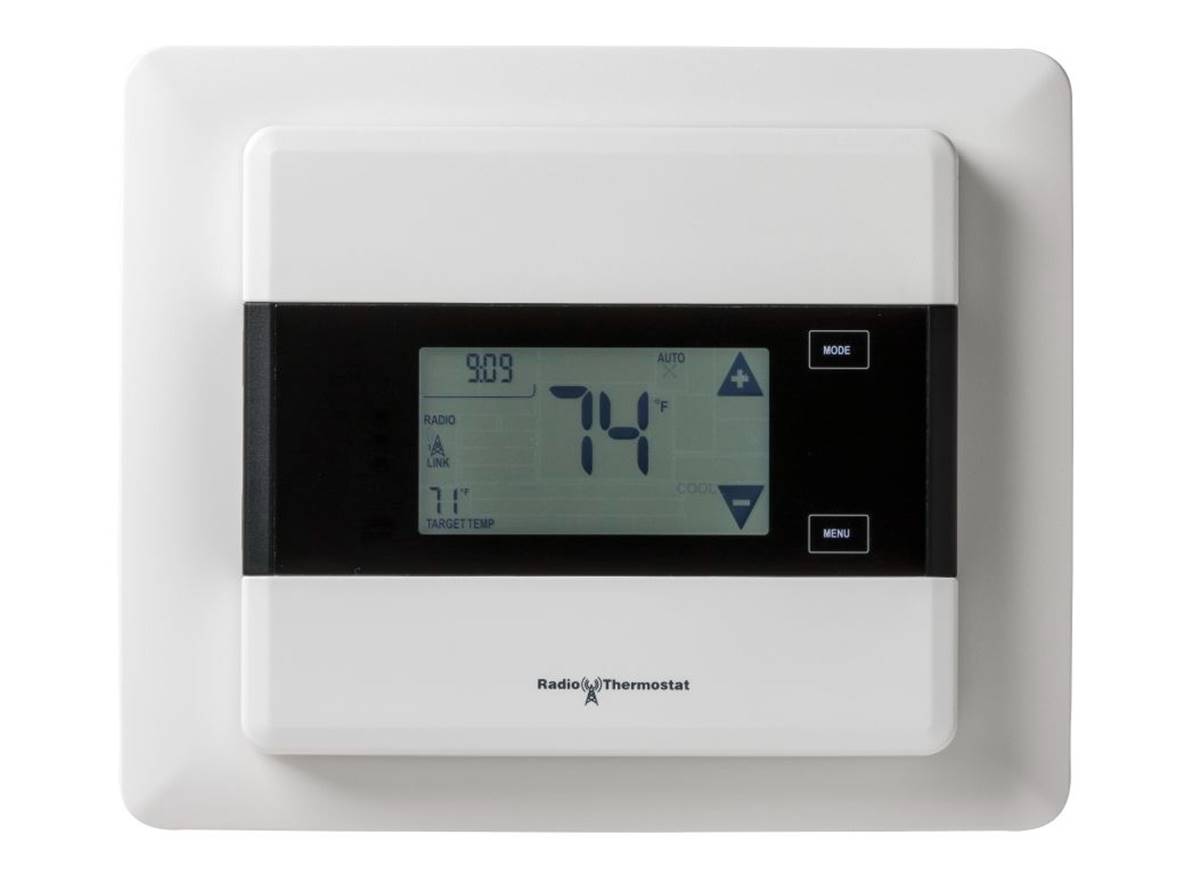
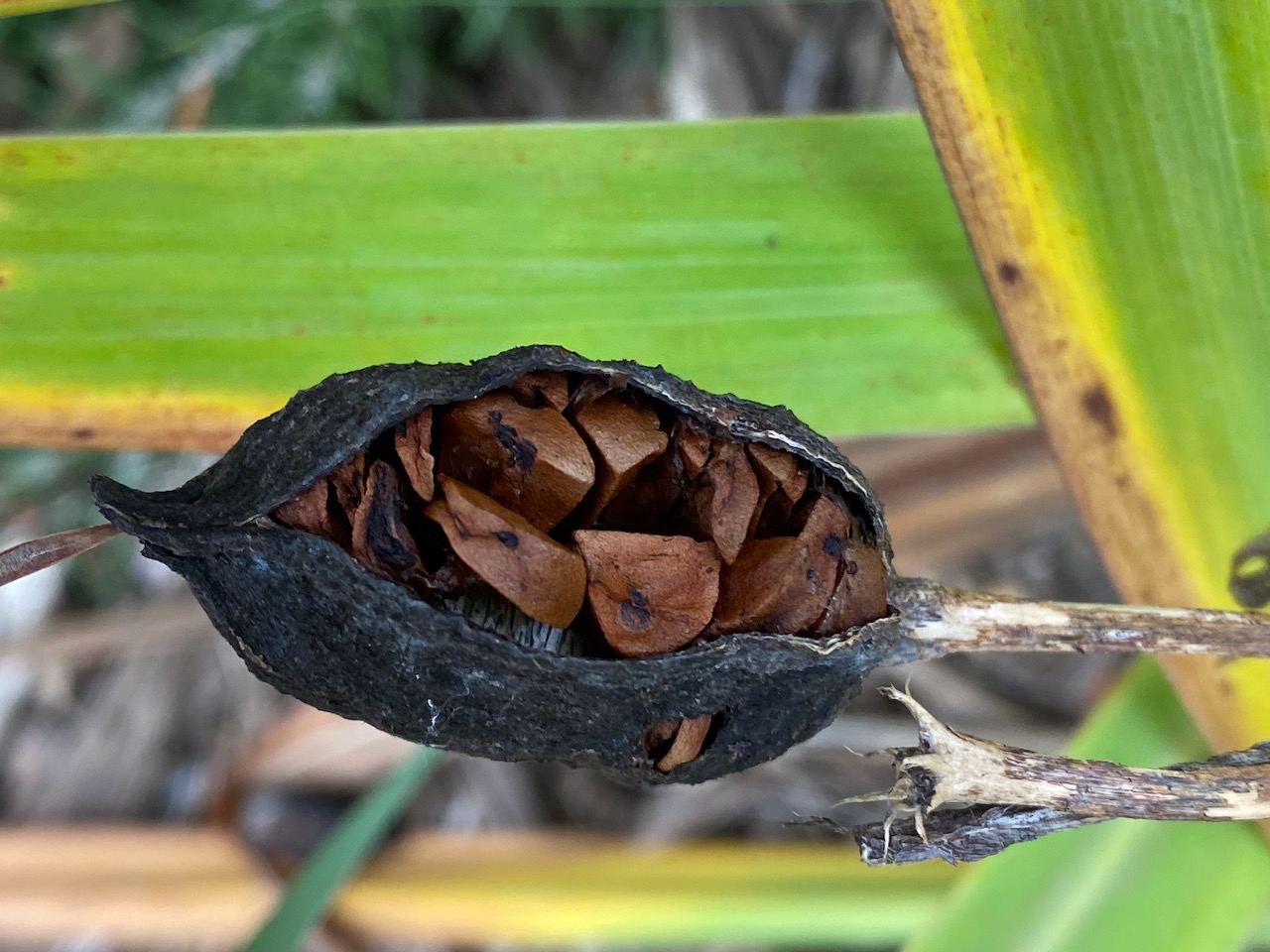


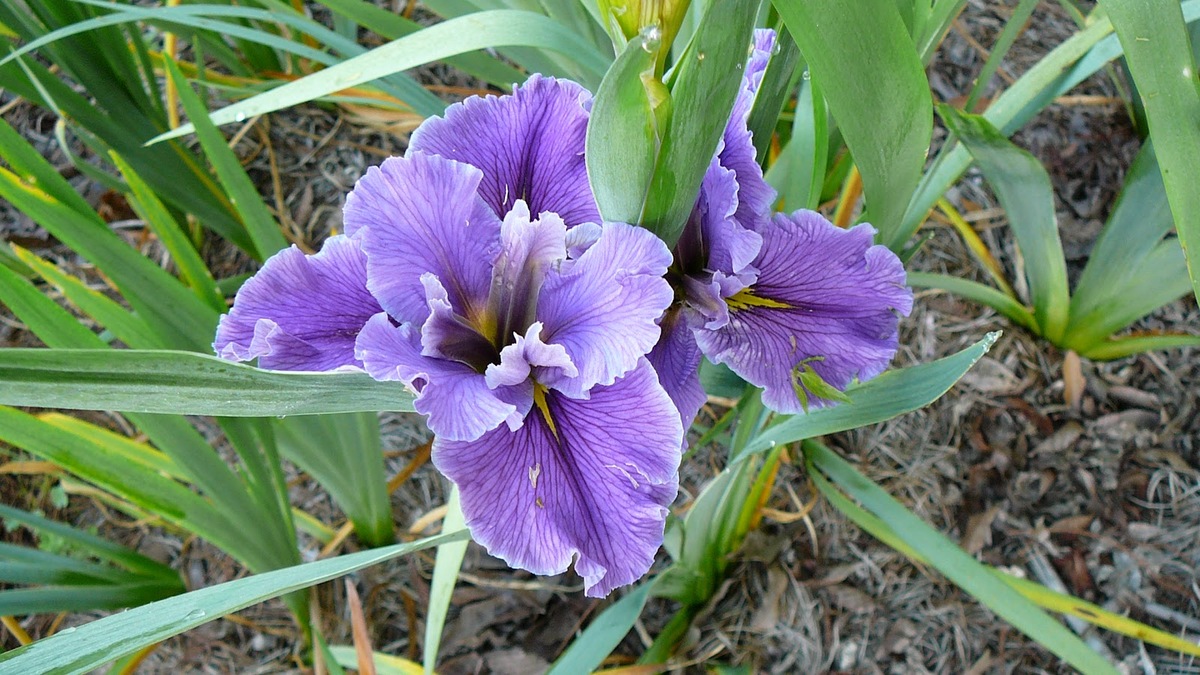
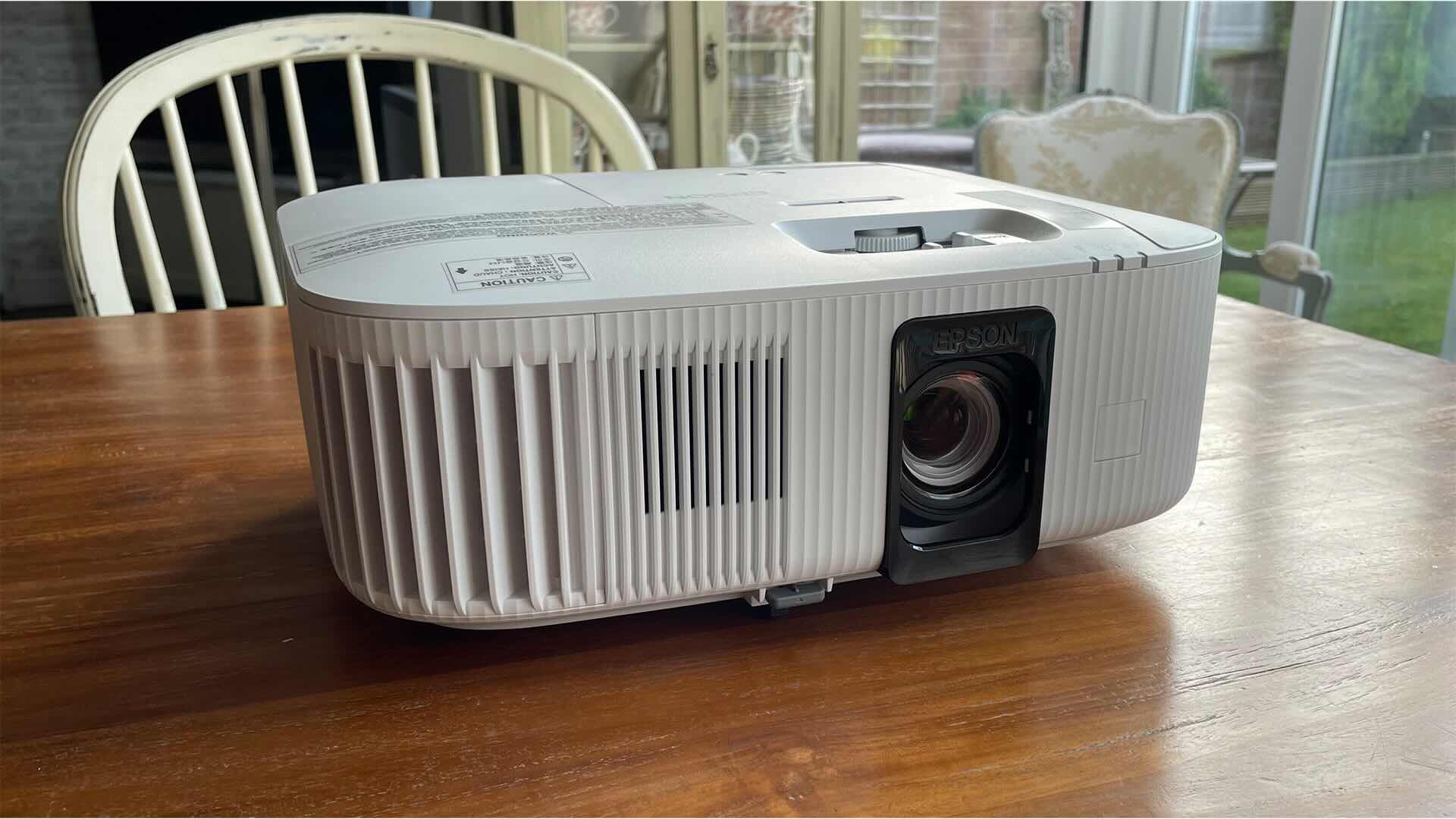
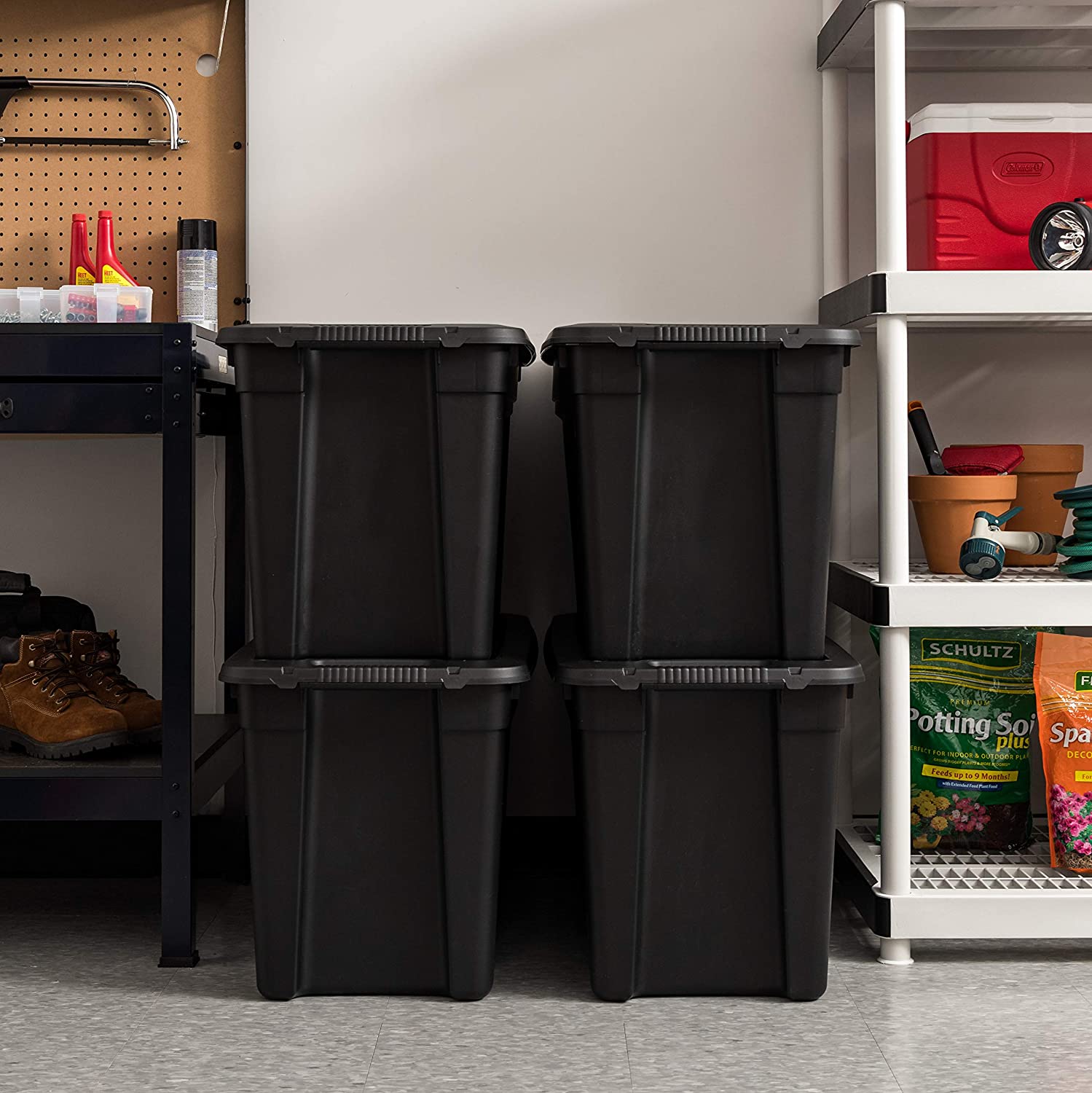
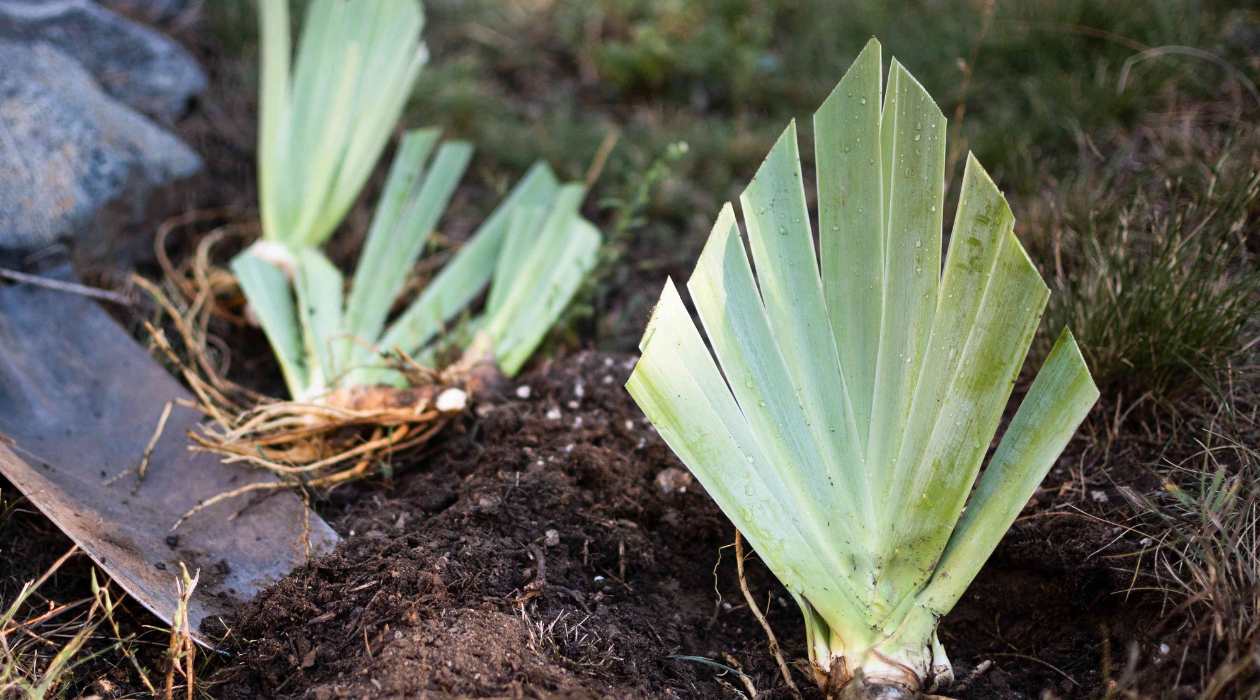





0 thoughts on “How To Store Bearded Iris Rhizomes”